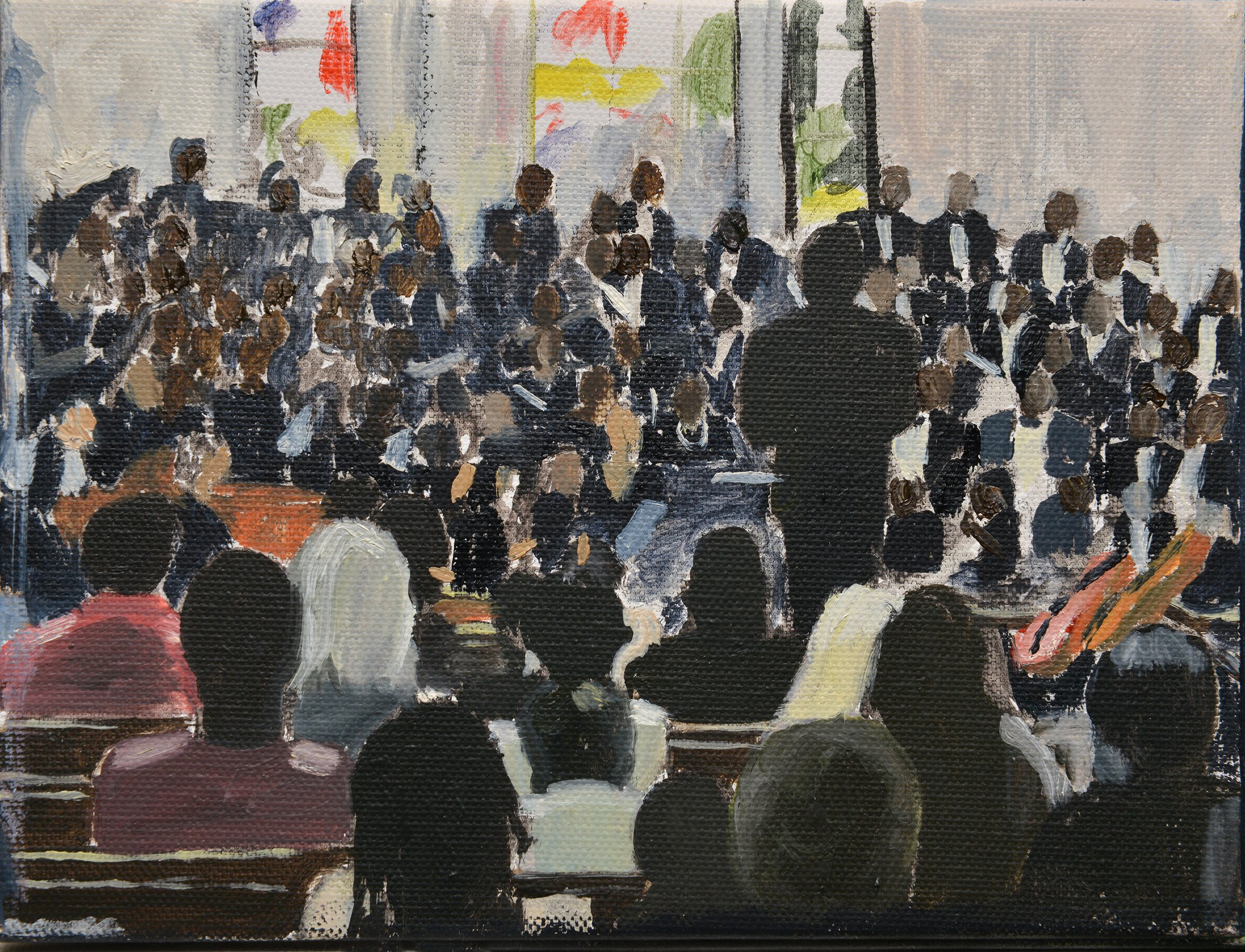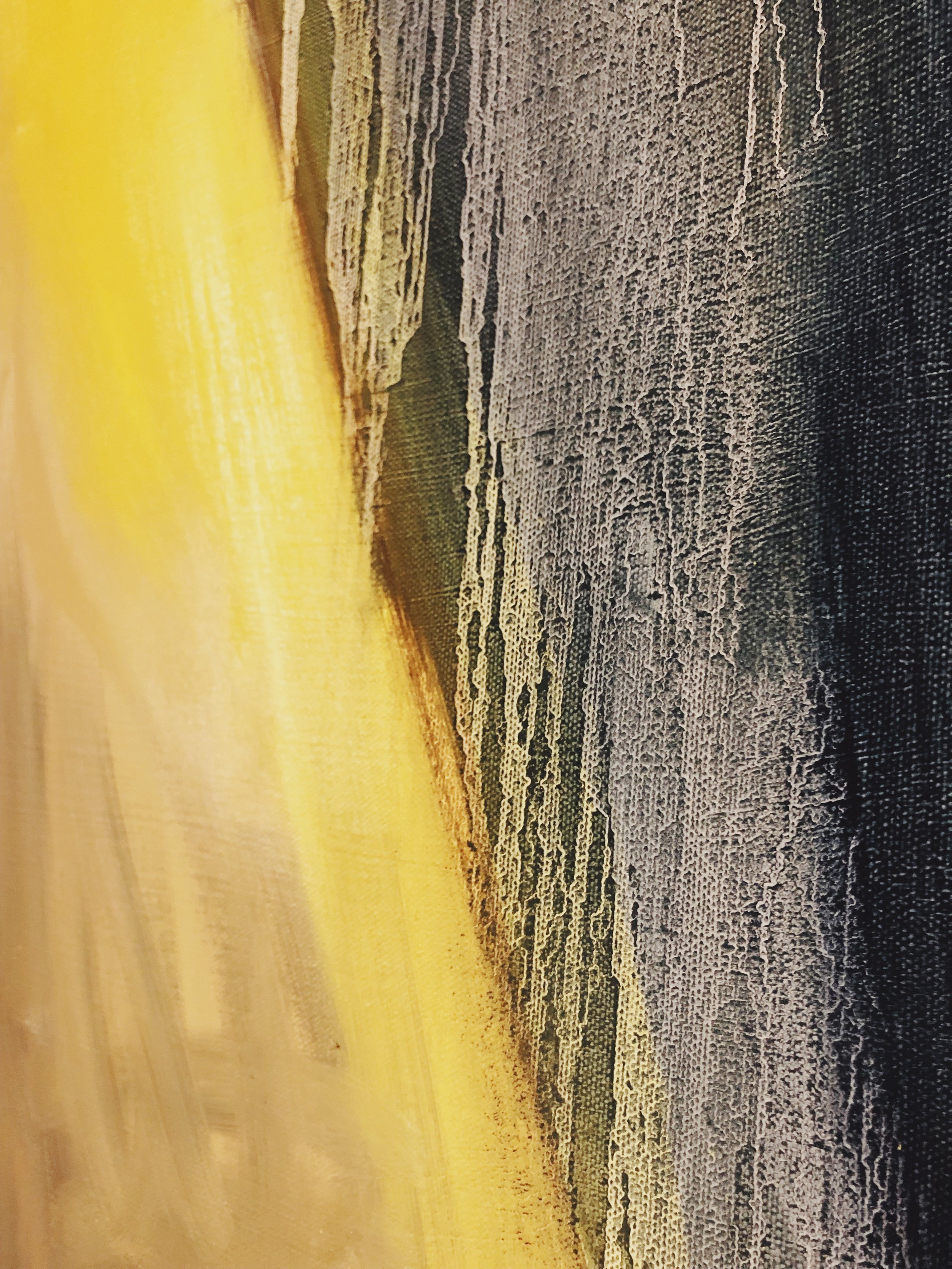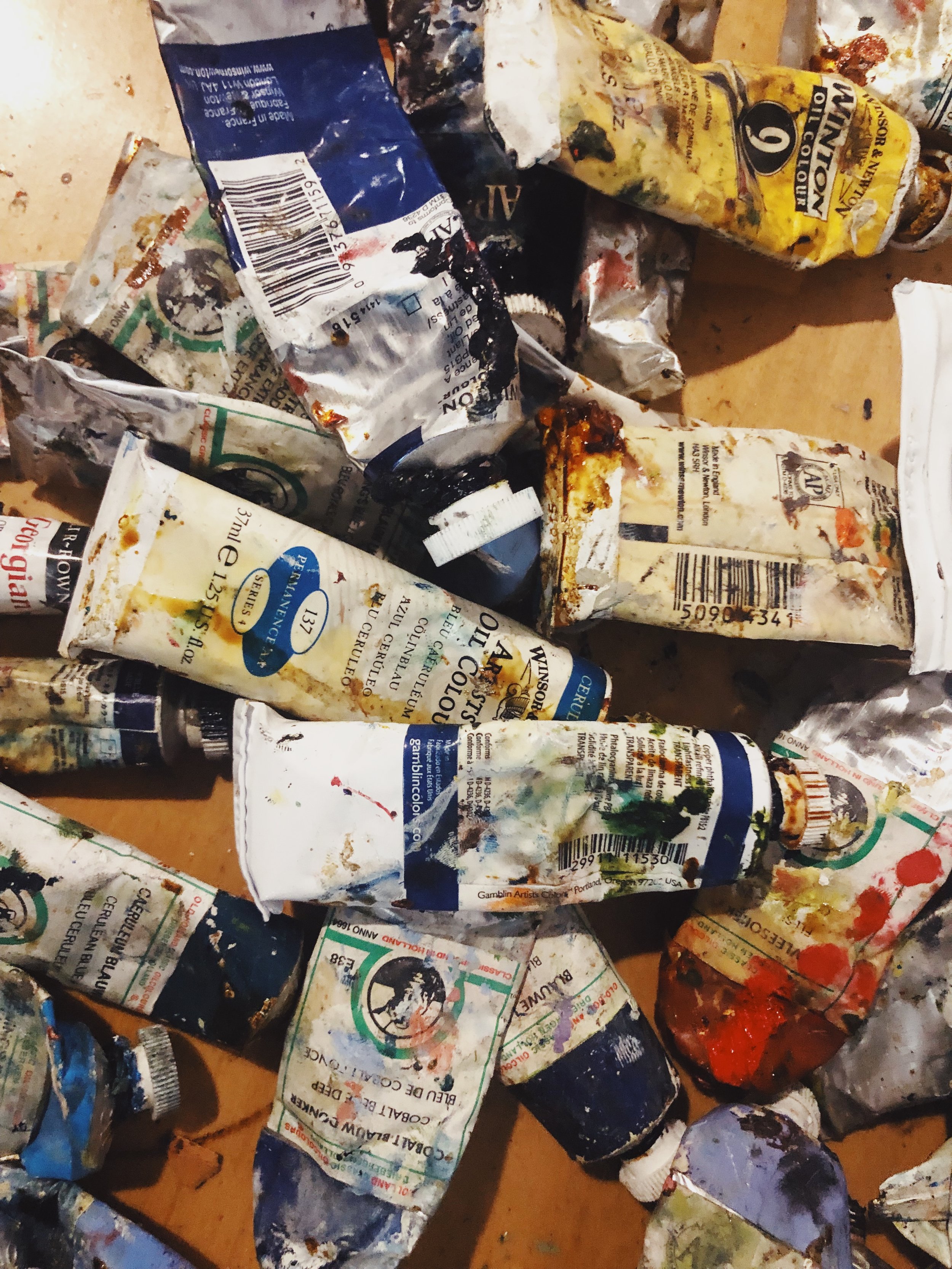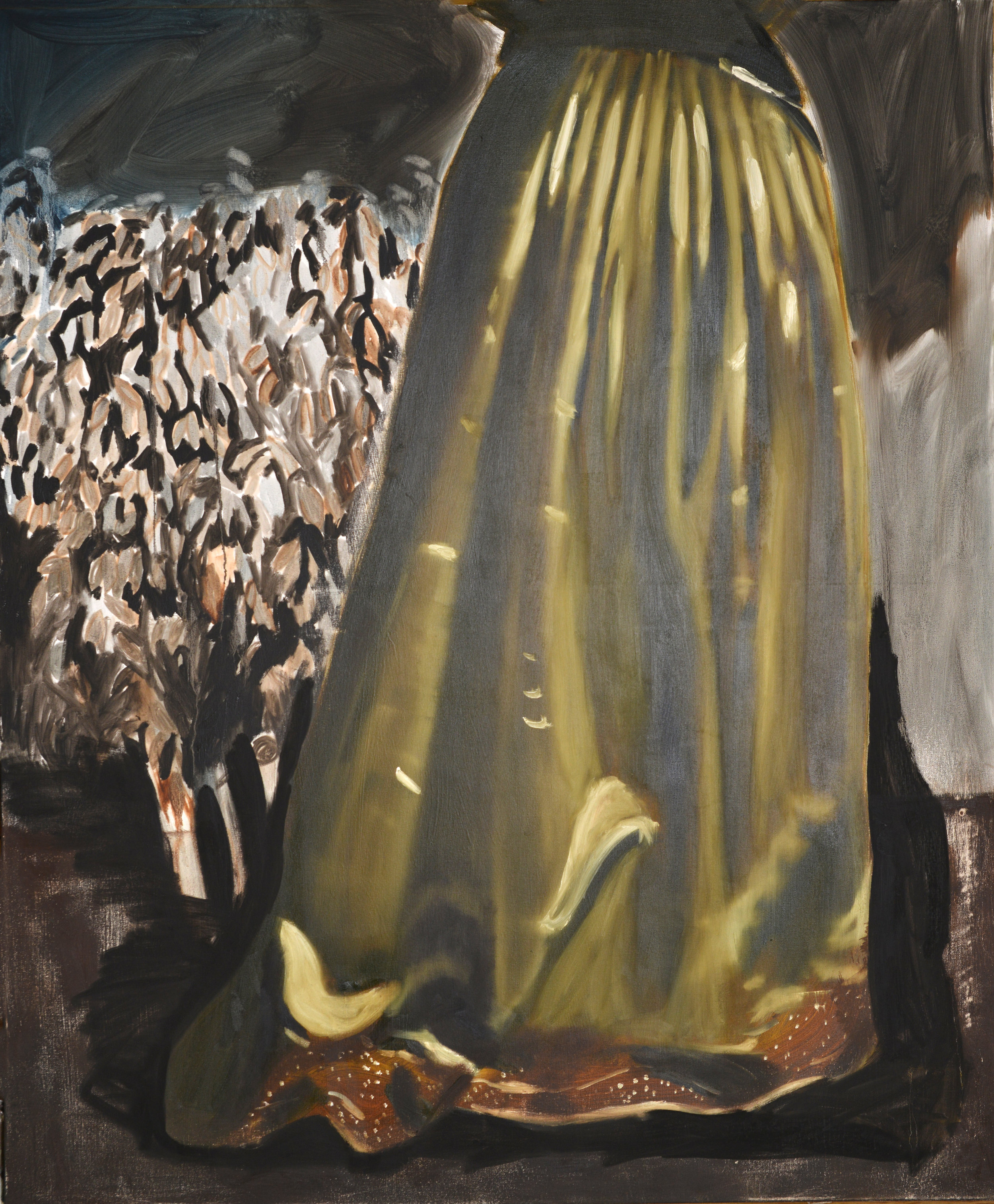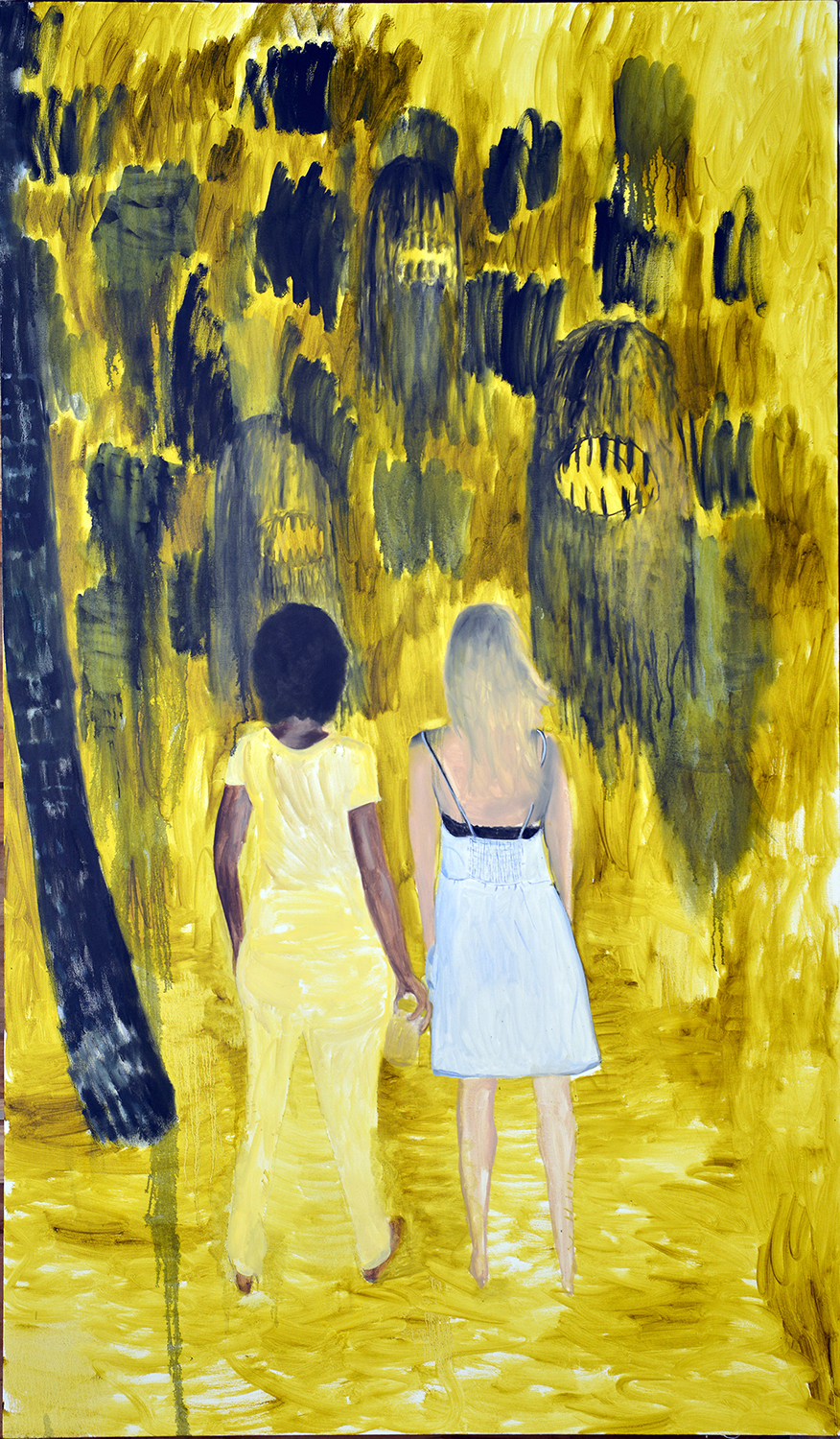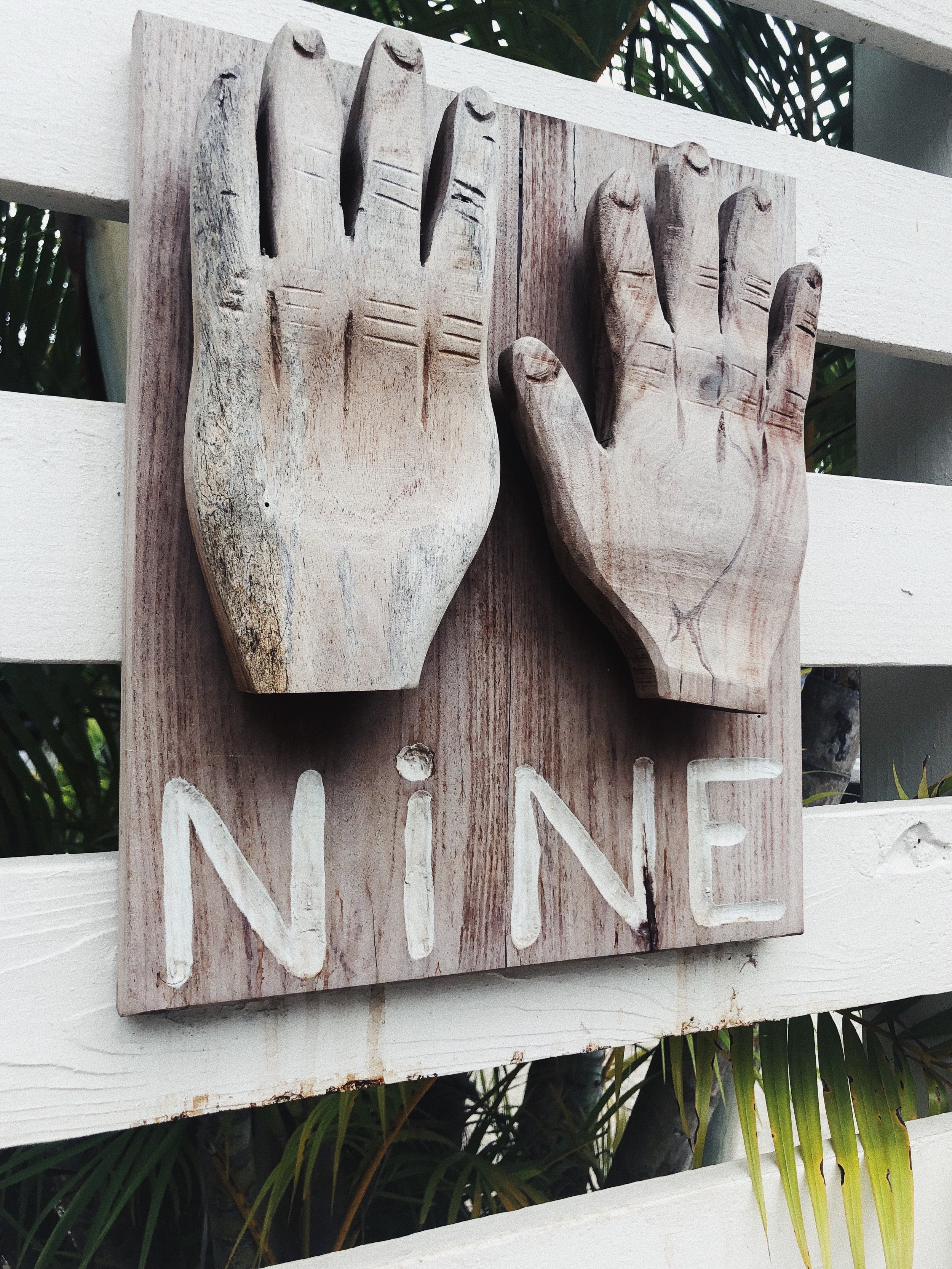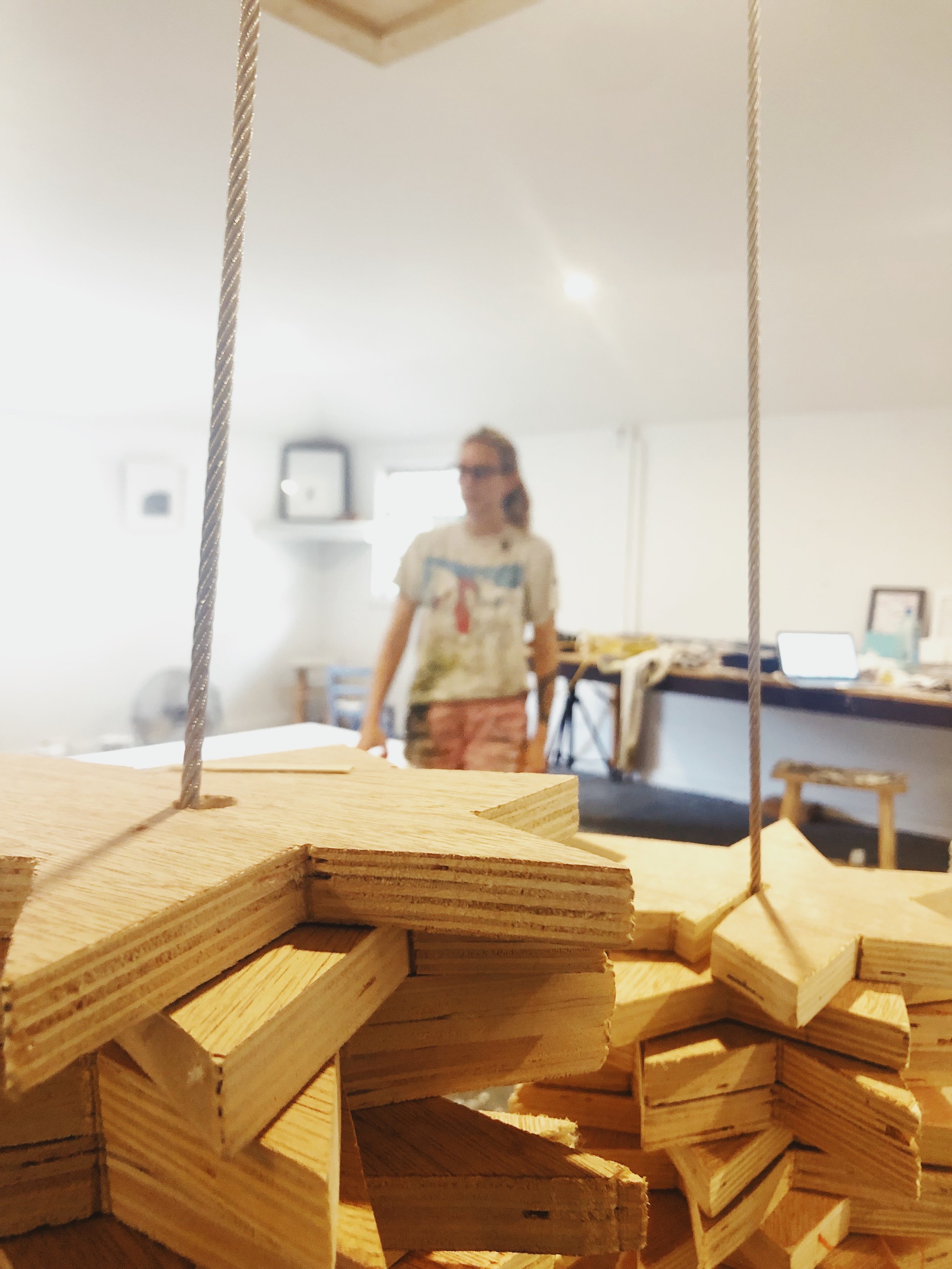ARTIST IN THE SPOTLIGHT | Tessa Whitehead 2.0
“True artistic expression lies in conveying emotion.”
Welcome back to Cacique’s Artist In The Spotlight series - a journey into a thriving Bahamian art scene and a deeper look at some of our most celebrated talents. In this episode, we are reconvening with Tessa whitehead, who since our last tête-à-tête, opened a studio known as nine whilst simultaneously creating a masterful body of work now on display at NAGB.
With a distinctive taste for landscapes, particularly those of the islands, Tessa’s latest work powerfully captures her empirical conception of the complexities of Caribbean life. Tessa’s distinguished collection tellingly titled, “…there are always two deaths”, a line borrowed from ‘Wide Sargasso Sea’, is an expressive portrayal of loss and lamenting. Tessa’s work touches on many bold themes including matriarchal identification, alienation and marriage. Her artistic exploration of an intrinsic relationship existing between women and nature is felt deeply. The lush, tropical island backdrop seems like an idyllic landscape for healing; however, with hints of agonizing irony, these tropical inlets are entrenched in a turbulent history which proves a difficult place to search for the warmth of understanding.
"…there are always two deaths” (2019) — Installed at the National Art Gallery of The Bahamas
Cacique. What does the title of the collection mean and how does this speak to all the works ?
Tessa. “There are always two deaths”, is a quote from Jean Rhys’s ‘Wide Sargasso Sea’. The sentence continues: “There are always two deaths, the real one and the one people know about.” The story is set in Jamaica, during the time of emancipation. It is told through the voice of a creole woman and meanders through the complexities of life. We can see emotional layers built upon one another through her description of landscape. The title ‘…there are always two deaths’ is a clear reference to loss and this body of work is a kind of conjuring of loss. The reference touches on a history, which is as complex as mine is, in Jamaica. My matriarchal lineage weaves throughout Jamaican landscape, both in countryside and city. There are protestant preachers on one side and there are subsistence farmers on the other. There is a whiteness and a blackness and all that comes along with that. And all of these stories were told to me, very much through the description of landscape.
C. What was this collection created out of ? what was it inspired by ?
T. I see my work as a continuum - of self discovery, growth and lamentation. I pull on imagery from personal stories to reorganize emotions and memories into my work. I think it is a similar thing to using the landscape to describe an emotional state that is hard to put into words.
“The only real voyage of discovery consists not in seeking new landscapes but in having new eyes.”
C. What were you hoping to achieve with this series of work ?
T. With every painting or artwork, I try to achieve both formal harmony and an emotional understanding. It doesn’t often happen, but when it does, an image can become transcendent. I think that is when an image can help describe, or at least resonate alongside the emotional enormity of some of the joys and losses we experience.
C. I understand that there is an element of women being deeply connected to the natural world - can you expand on this and where it stems from ?
T. Well, I happened to somehow only paint women in this series of work. I was completely unaware of it, until someone pointed it out. I think I was reflecting on my immediate surroundings and I have chosen to surround myself with really strong women. I look to other women for perspective and guidance. I know each muse well - it's either me or a few of my closest friends. Each character portrayal was relevant based on what I was going through in some way. Each work is a story of its own and while mentally unpacking these stories, a painting was formed. If nothing else, I make a decision to paint realities, things that are real to me.
C. What does your colour palette speak to ?
T. The light here is so blindingly bright. I find one way to kind of describe it is to use something equally as strong. I describe it as the strength of a colour rather than anything else. I think I have a limited palette personally and I think it references a sort of denseness.
C. studio nine - tell me about this place ?
T. It used to double as a bar and Junkanoo shack, so it's got some creative history to it. After the purchase I did simple renovations to make the space suitable for art studios. Five lovely artists have moved in, all of which have strong practices here. It's not a social space, it's definitely a working, quiet place - hermetic almost. Studio NINE was born almost out of necessity. POPOP Studios, next door, was badly damaged in a hurricane and my studio was the most severely affected. I couldn't figure out where to move to - I couldn't find anywhere suitable. This was a good way to do it. We kept the building very simple in its structure so that it was manageable. In an attempt to make the studio as organic as possible I didn't advertise the space, I let the 'right’ artists find NINE. And so they have… Delton Barret, Drew Weech, Heino Schmid, Margo Bethel and Alex Timchula all share the space with me.
DISCOVER CACIQUE | ART EXPERIENCES
At Cacique, we love to showcase our colourful art scene and the characters that create its distinct flair. For more information on Tessa Whitehead or any of our other fabulous Artists In The Spotlight, or to find out about curating a unique event, feel free to contact us.
Looking forward to the next chat! SMS ;)


